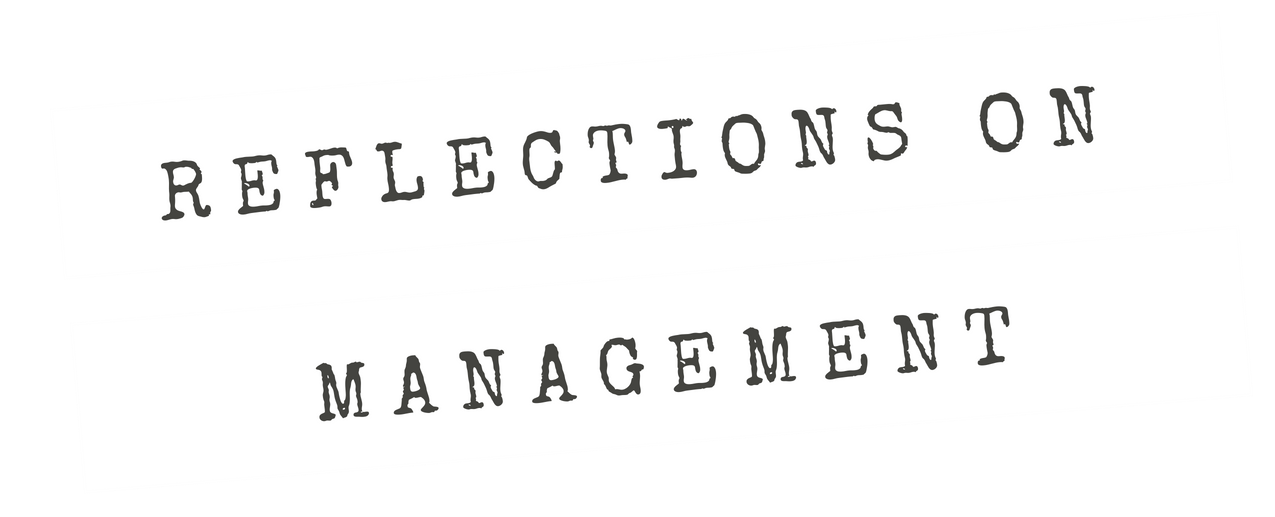There is a natural inner tension that we also want to understand about the decision maker or about those who are advising the decision maker. The emotional states are really important.
Season 7, Episode 9 — Click here to download the transcript
Eight steps to doing organization change. Ten steps to improve relationships. Six steps to becoming your authentic self. We are fond of taking difficult tasks and breaking them down into predictable subtasks and stringing them together so it can be repeated and shared. It makes complicated things seem simpler, even when enacting them is anything but simple. We have many ways to express such processes using boxes and arrows or numbered lists. But what about processes that cannot follow such a strict assembly-line style model? It is not so much a problem that the steps are wrong, but that they tend to be incomplete, because the context matters. How do we addressed complicated processes without a lot of complications?
This final metanarrative that I describe is the process-based form. It is both the type of metanarrative that we are most familiar and the one that I believe skews reality the most. The metanarrative as understood by ordinary practitioners is simple and it reflects a promise — “follow these steps in sequence and great things will happen.” Those of us familiar with what the model promises may be skeptical, but it’s hard not to see the appeal. Why would we not want simple approaches to complicated problems? If the approach is but a start point, the practitioner can recognize the shortcomings or gaps and adapt — that is, until they can’t or don’t, because there’s no time or energy to do so. This was Andrew Pettigrew’s point when he created Pettigrew’s Triangle. The content of the problem and the context, both internal and external, do matter.
So too is the fact that we may not be able to engineer the process up front the way that the # steps approach does. Rather, we may be forced to reverse engineer it — taking where we are now and understanding where we came from, what ranges of goals or outcomes exist (both aspired and satisficing or off-ramping failure), and how we progress toward any of those goals. So rather than solely discussing linear models, of which I offer three in this episode, I offer a more complicated one that I find more useful for difficult processes — based on an old computer science construct called the finite-state machine that I routine invoke in my work. It is neither the cleanest nor most elegant, but I argue it (with its many many variants) is much more flexible and expressive. The meta-narrative is therefore more like this: “Here is the range of possible outcomes and possible paths to get there from here. Which path do you choose?”
References:
Wikipedia page on Finite State Machine.


